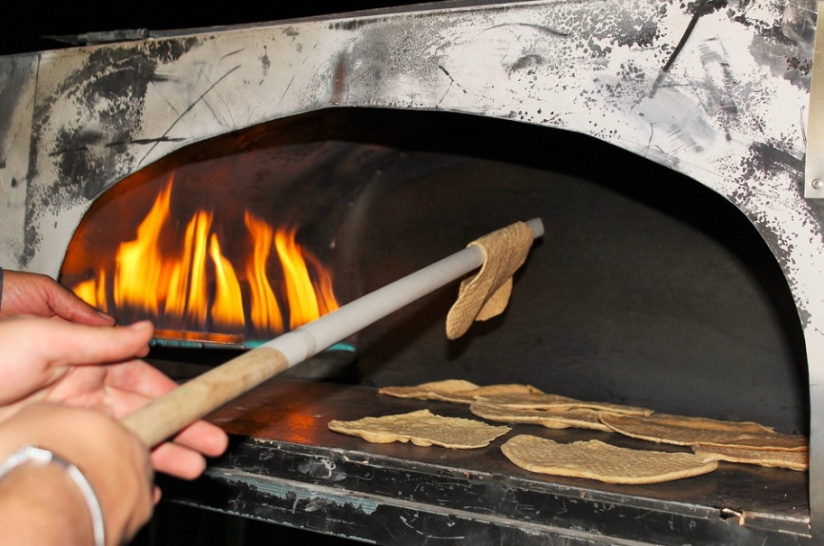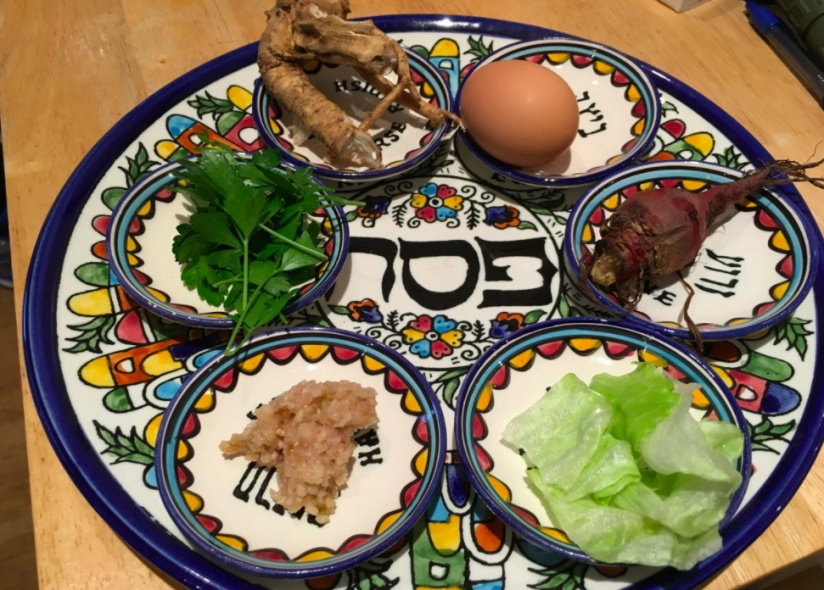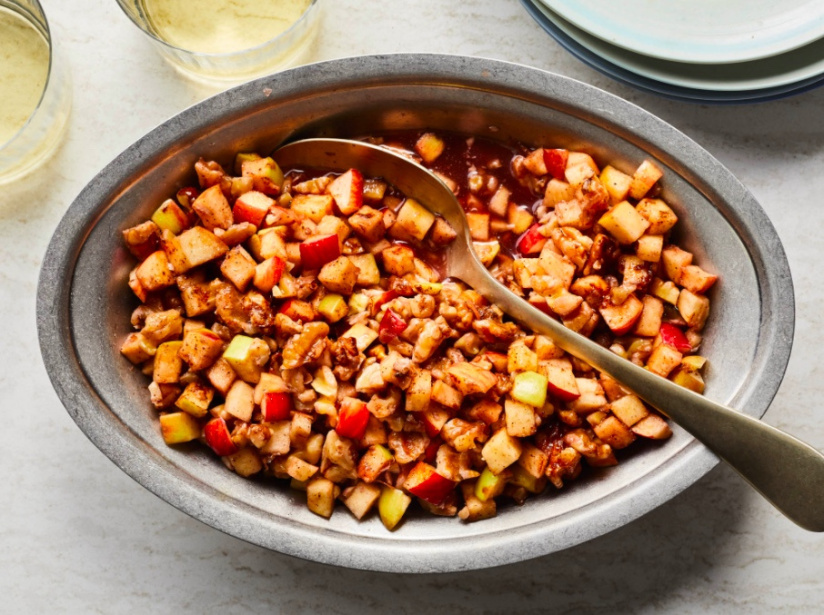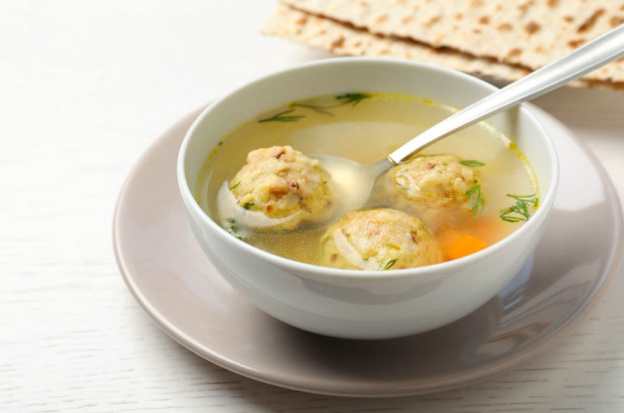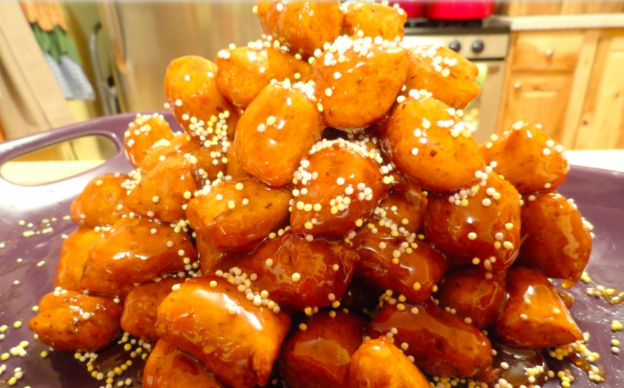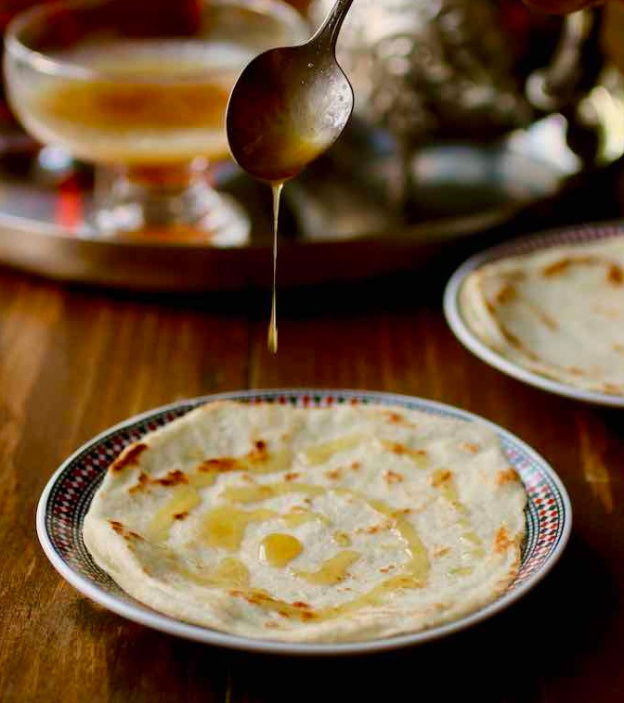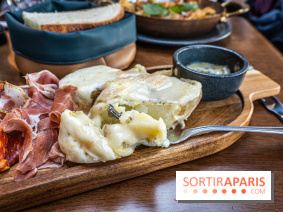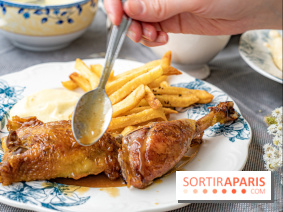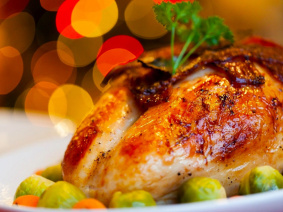Commemorating the liberation of the Hebrews from slavery in ancient Egypt, Pessa'h, the Jewish Passover, is held this year from April 5 to 13, 2023, in other words from 14 Nissan to 22 Nissan in the Hebrew calendar. For eight days, friends and family gather to share festive meals together, in the greatest respect for tradition. Indeed, Pessa'h is a celebration rich in rites and customs!
This religious holiday is divided into two parts; during the first two days and the last two days of Pesach, it is not permitted to work or to light electrical objects, but it is permitted to cook, and even highly recommended, because Pesach requires a great deal of preparation in the house and in the kitchen to treat the guests and to do everything by the book!
During Pesach, it is forbidden to have in the home and eat foods made from yeast, hametz. Any food made from wheat, oats, barley, rye or spelt is therefore forbidden, in memory of the Hebrews who did not have time to make bread when they fled from Egypt. The only bread allowed is matzah, an unleavened bread made of flour and water. During the hunt for Hamets, families search for any food containing leaven, in order to give it away or sell it. The last pieces of bread are then burned during a blessing.
Then the festivities begin, during which the story of the Exodus and the 10 plagues of Egypt is told to the family. On the first day of Pesach, the tradition consists in tasting, during the Seder, traditional foods, each symbolizing a stage of the liberation of the Jewish people by Moses, while four cups of wine are also drunk at specific moments of the meal-ceremony by leaning on the left side; this first part of the meal is very codified!
According to ancestral rites, the Seder plate must contain seven foods, arranged in a precise order, in order to commemorate the stages and difficulty of the Exodus. There are usually three matzot, prepared with matzah flour and wheat, barley, oats, rye or spelt - the matzot eaten during Pesach are, in fact, composed of the forbidden grains, mixed with water and cooked under rabbinic supervision, before the fermentation process begins.
The platter also consists of a lamb bone, sometimes chicken, or beet for vegetarians; a hard-boiled egg, bitter herbs, a paste of nuts, apples, dates, almonds, haroset, vegetables such as celery, radish, potato, onion, parsley, and an orange. Seder food is associated with specific chronological steps, accompanied by blessings, stories and songs, and some foods must be soaked insalt water or vinegar.
The second part of the meal, during Pesach, is a series of traditional specialties, specific to each family, but all respecting kashrut, the set of dietary laws prescribed by the Torah, forbidding, for example, the combination of meat and dairy foods during the same meal, to eat shellfish - only fish covered with scales and fins are allowed - but also to eat, in addition to poultry, animals other than herbivorous and ruminant quadrupeds, with horny feet and divided into two distinct nails, such as beef or sheep.
As diverse as it is varied, Jewish cuisine draws its inspiration from the different cultures that traverse it. Ashkenazi Jews, Jews from Western, Central and Eastern Europe, and especially from Poland, are particularly fond of borscht, chopped liver, gefilte fish, a fish dumpling with chrain, red horseradish with beets; matzah balls, the famous chicken broth with kneidleh, unleavened bread dumplings; kugel, a vegetable gratin; latkes, potato pancakes fried in oil; or blintzes, filled pancakes of Hungarian origin.
Many of these specialties are found among Sephardic Jews in Spain, Portugal and, by extension, the Mediterranean and the Middle East, but they are subject to fewer dietary restrictions and may eat rice and legumes during Pesach.
On this occasion, they eat many meat dishes, including Moroccan msoki and dafina with olives, shank simmered in vegetables; maina, a kind of lasagna made of softened matzah and minced meat covered with mashed potatoes; roast chicken stuffed with matzah; lamb shoulder; and maakudah, potato fritters with chicken. Many vegetables, especially beans and artichokes, are also prepared in soup, tagine, stuffed or in the form of chakchouka, a kind of slightly spicy ratatouille.
For dessert, fresh fruit is the mainstay, but many pastries are also enjoyed during Pesach celebrations, including almond or coconut macaroons; bimuelos, small fritters made with matzah; walnut cake; and mandelbrot, an almond bread.
Pessa'h is also the occasion to enjoy, with the family, the plava, a sponge cake often lemony; or the traditional chocolate roll cake, as well as cottage cheese desserts, covered with dried fruit and candied fruit.
The last night of Pesach is the Mimouna, a popular holiday observed by Jewish communities from North Africa. It celebrates the reunion of neighbors and the return of leavened dough foods to the diet. It is therefore customary to prepare flour-based dishes, which are forbidden throughout Pesach, such as couscous and mofletta, a pancake filled with butter, honey, syrup, jam, nuts, pistachios or dried fruit.
The mimouna table is symbolically decorated with a fish symbolizing fertility, milk, honey, flour and ears of wheat.
Dates and Opening Time
From April 5, 2023 to April 13, 2023
